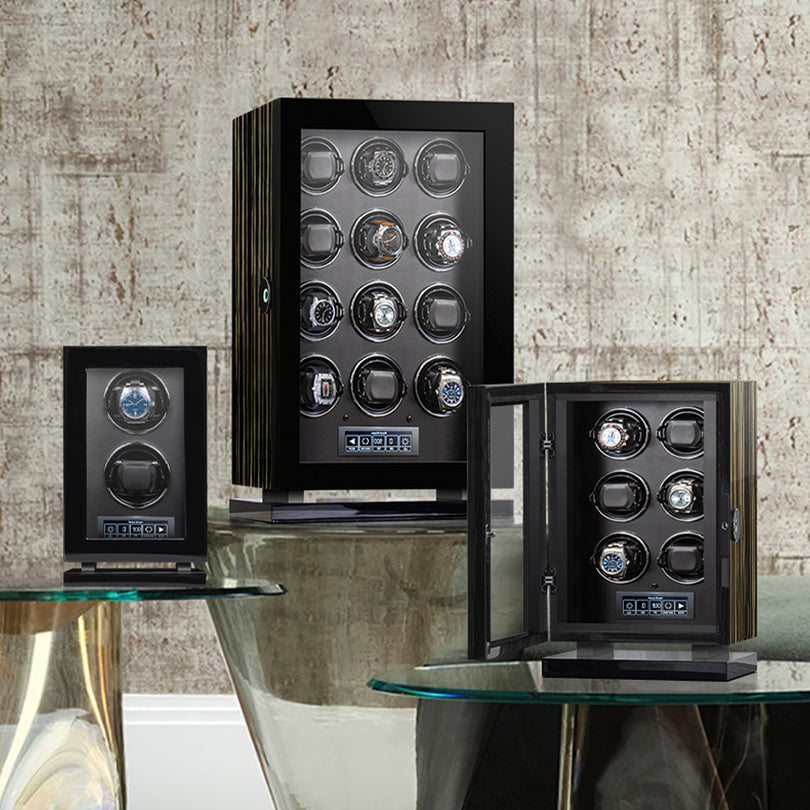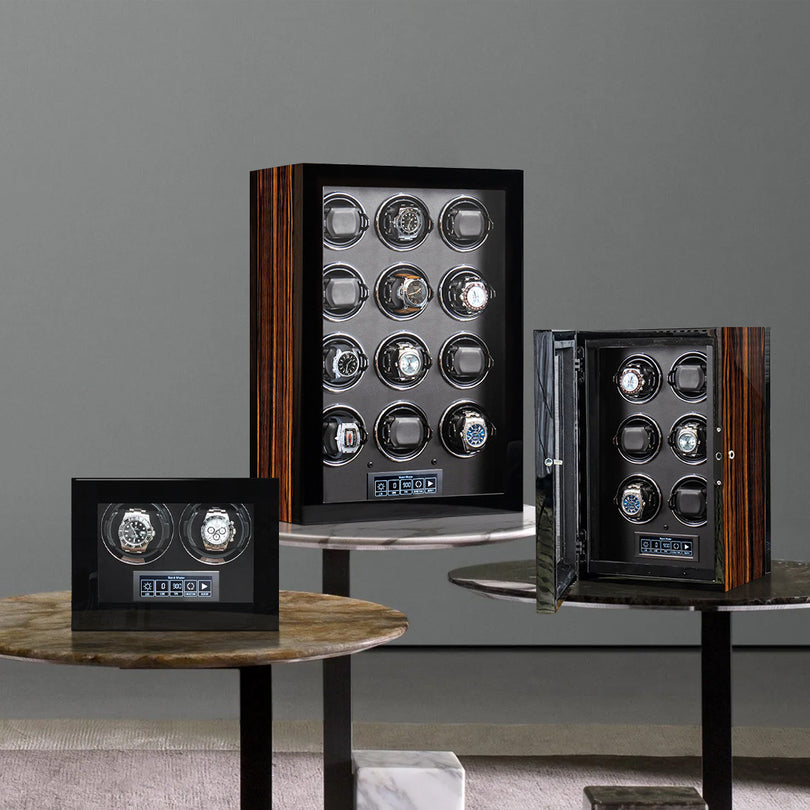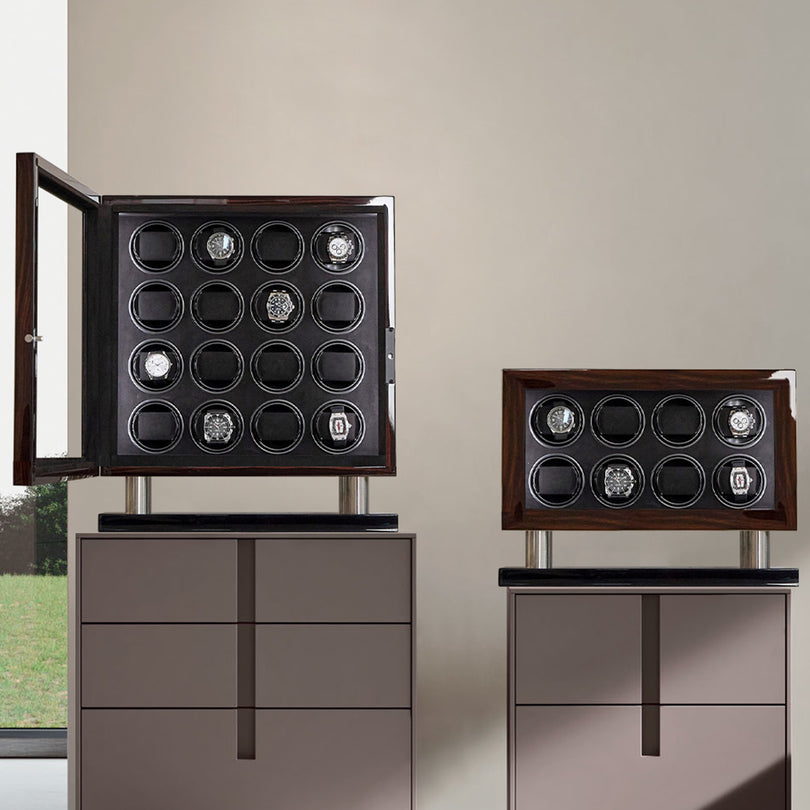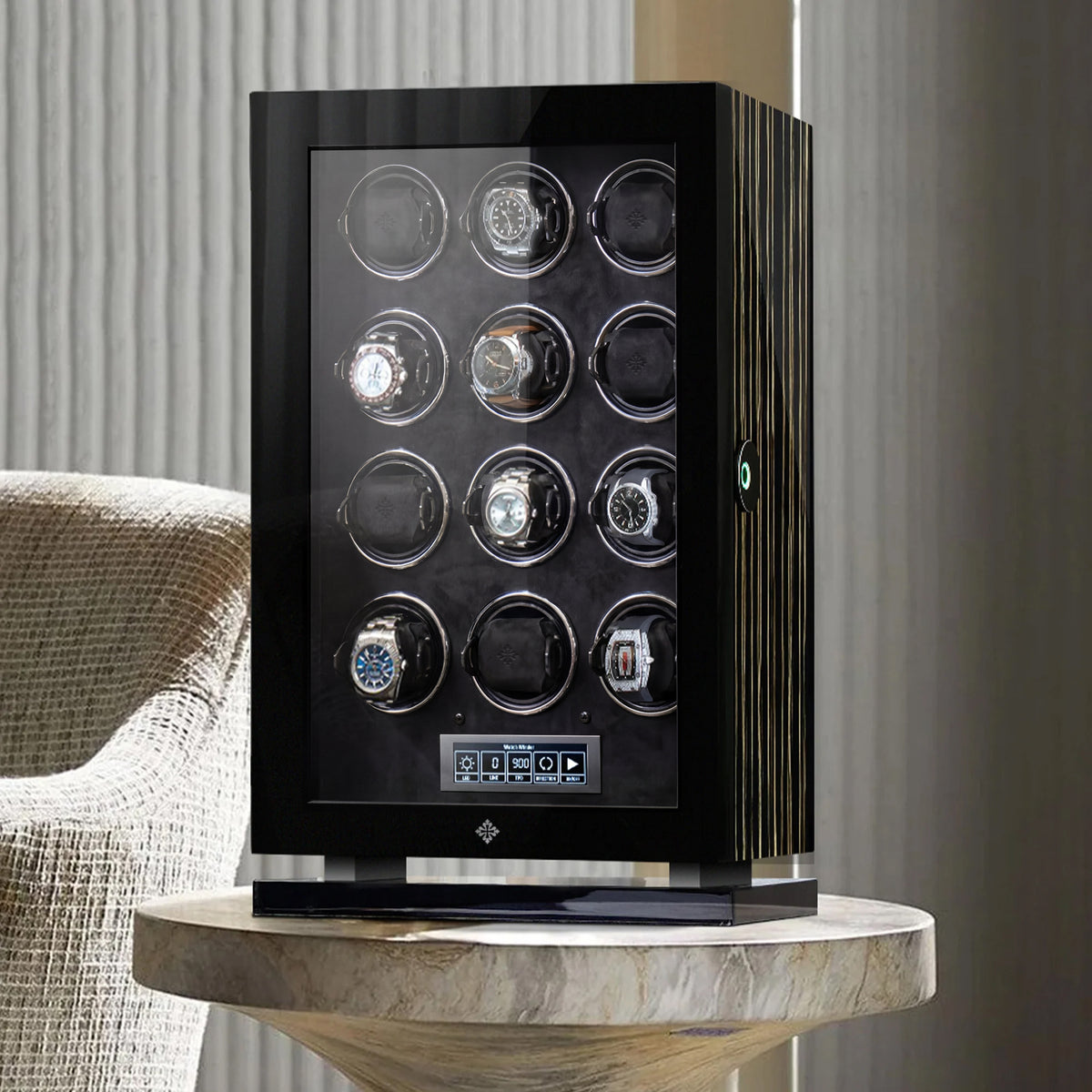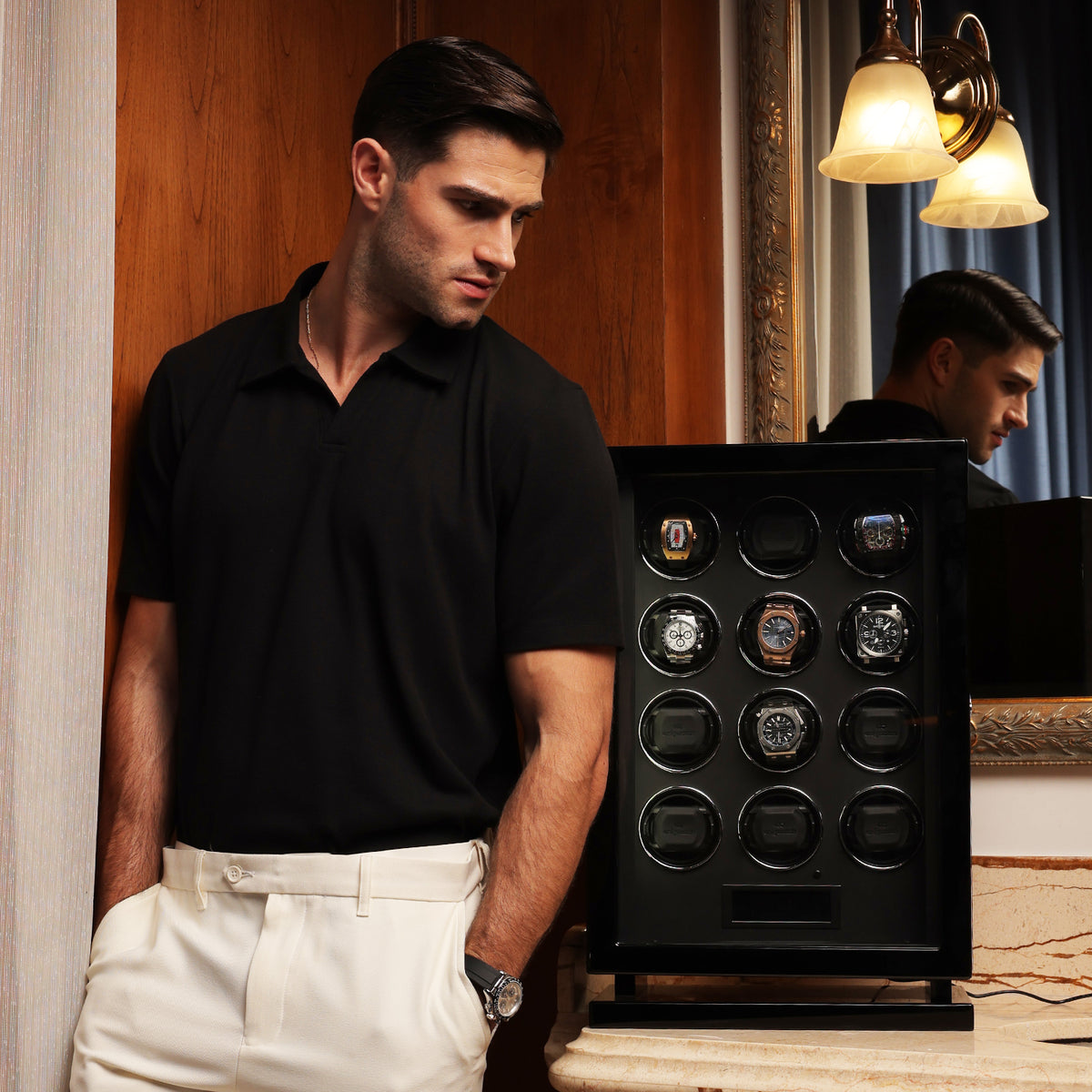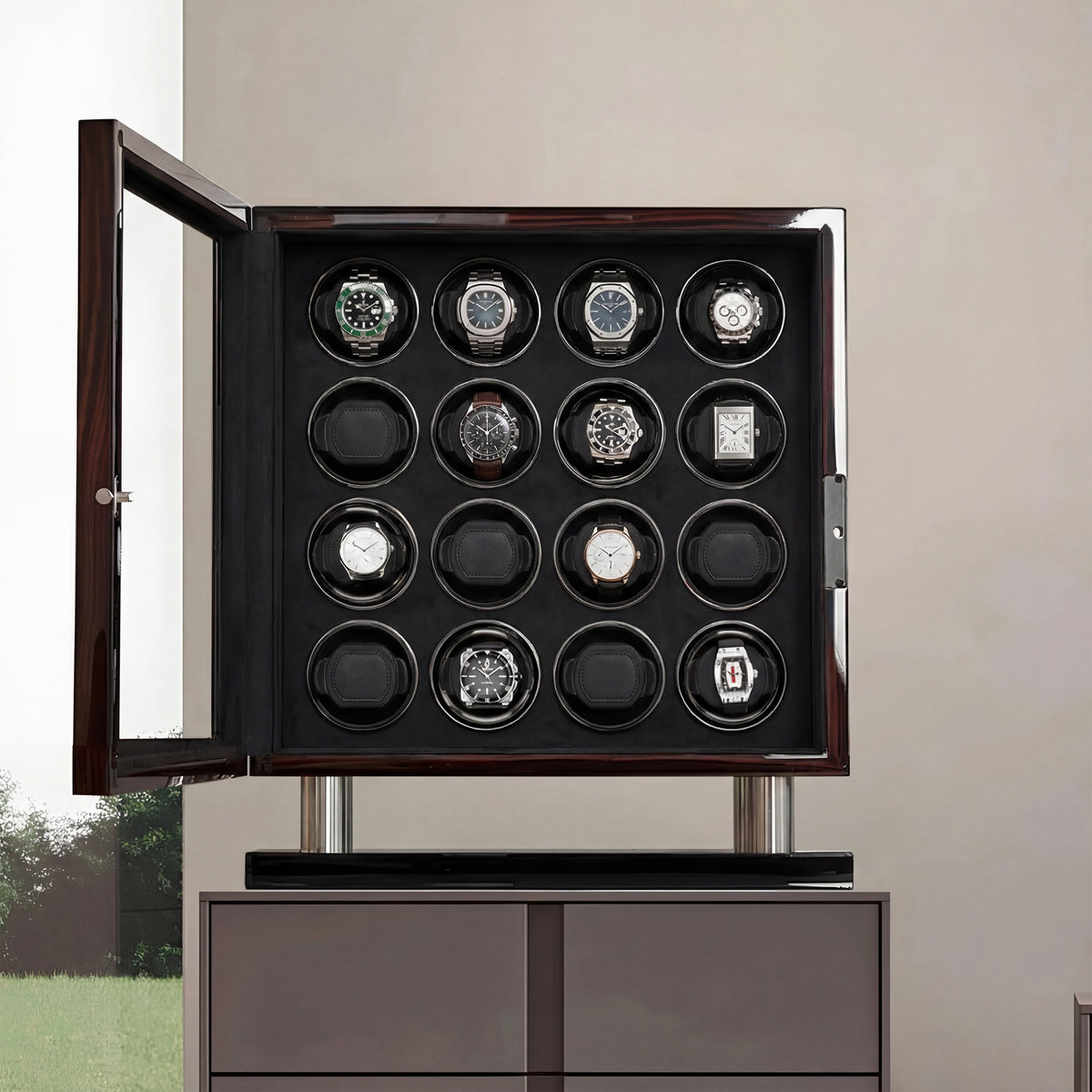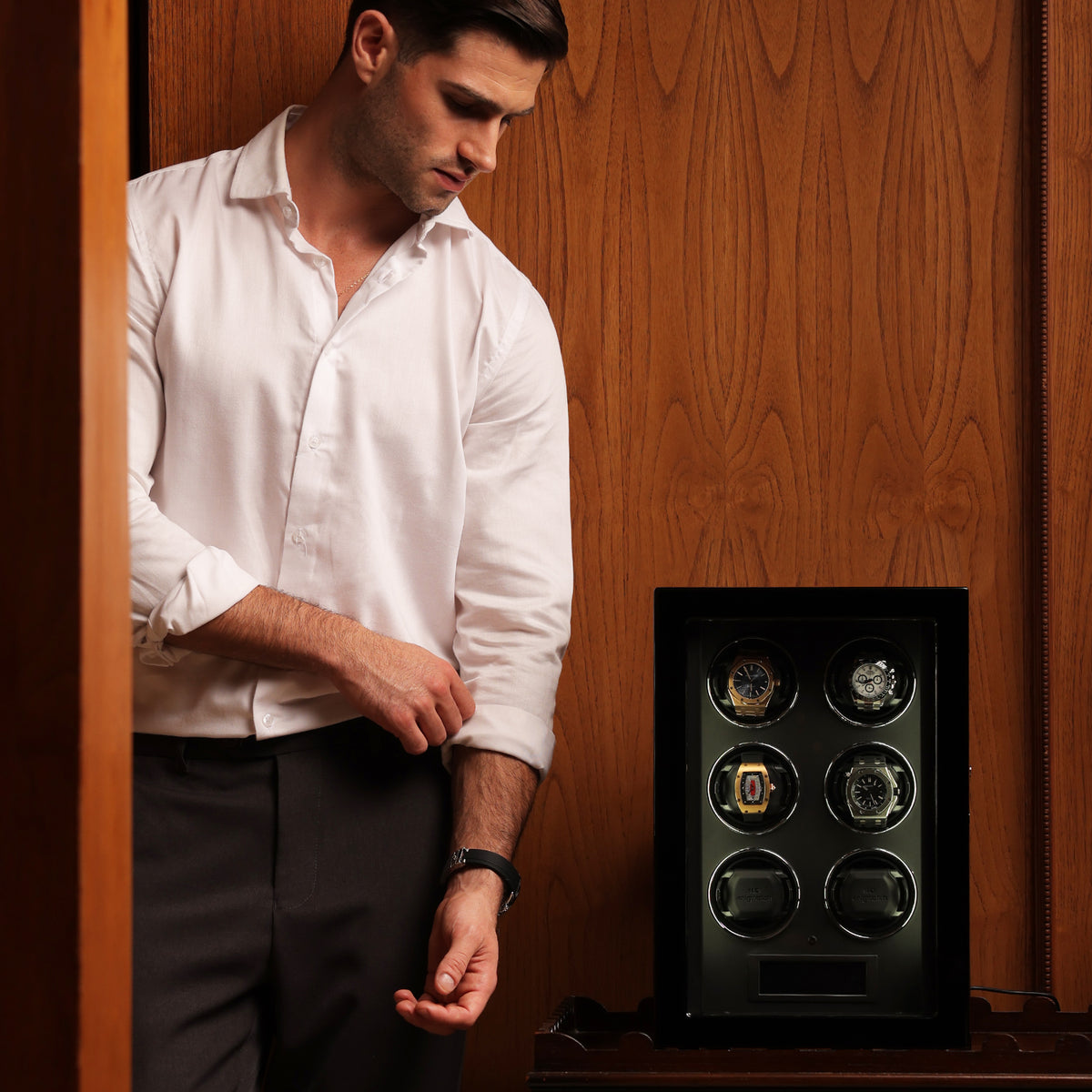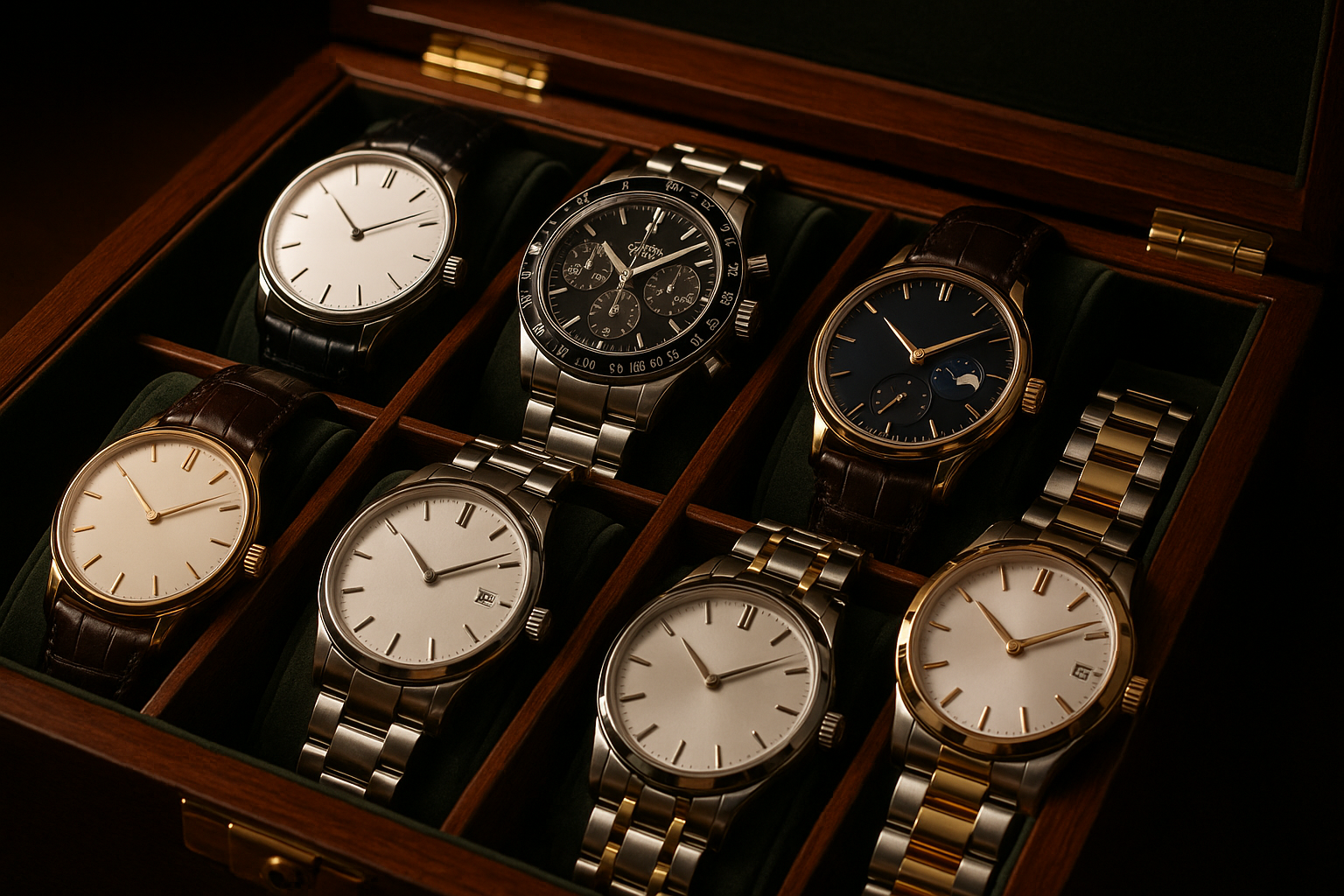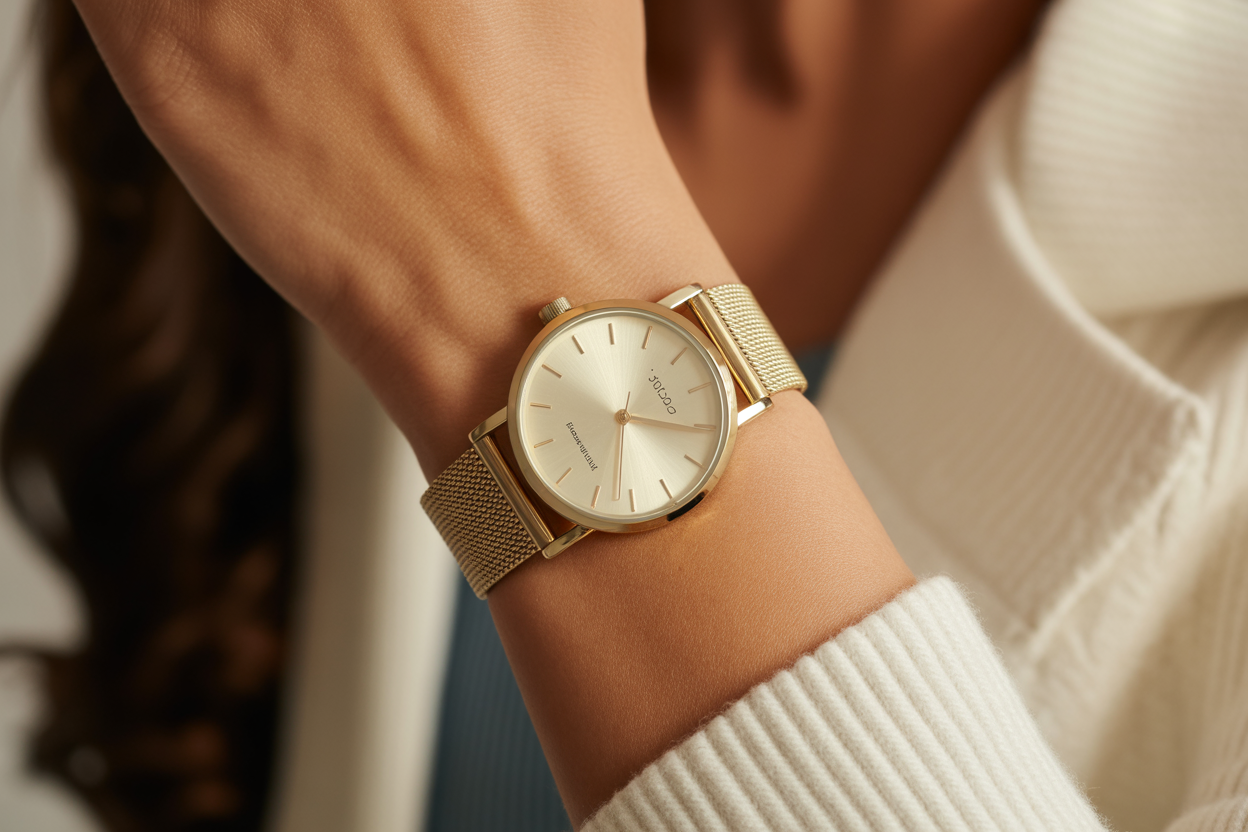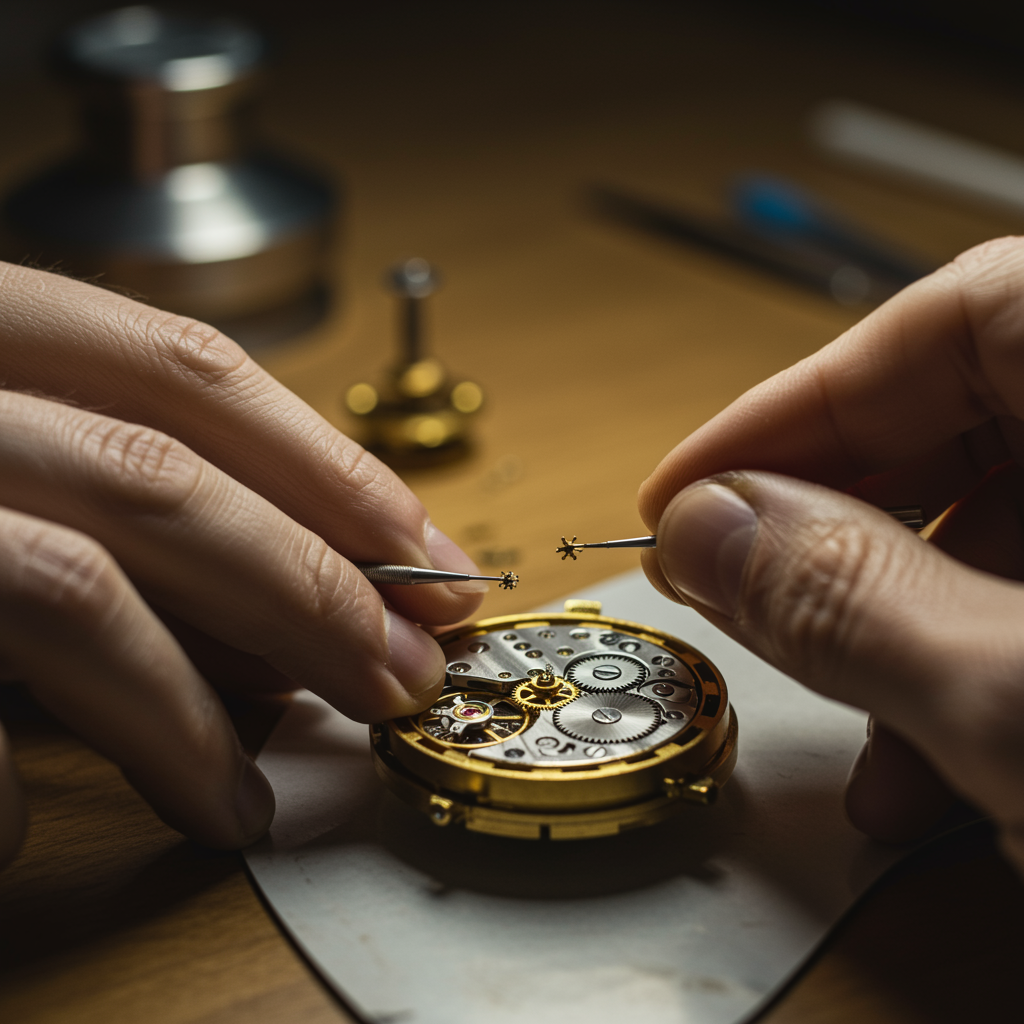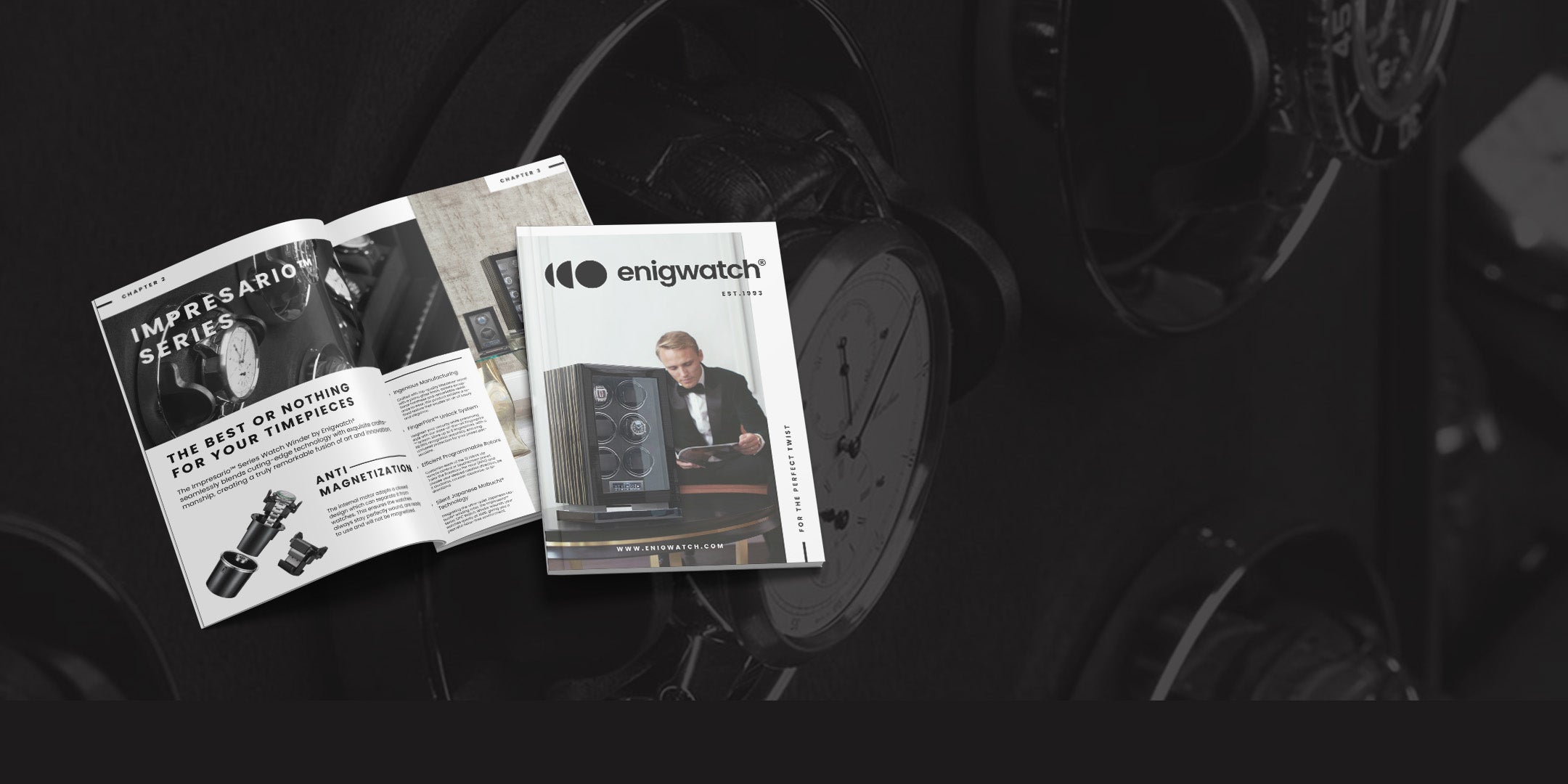When it comes to luxury watches, two heavyweight contenders, Grand Seiko and Rolex, have been battling it out for years. Each brand has its own unique appeal and a legion of dedicated followers. But in 2023, which of these horological powerhouses truly reign supreme?
Let's dive into the showdown of Grand Seiko vs Rolex, explore the history, design, materials, movement, accuracy, price, and value, and reach a conclusive verdict.
History: Grand Seiko vs Rolex

Grand Seiko, the luxury division of Seiko, emerged in 1960 with a mission to challenge Swiss watchmakers in precision and craftsmanship. Their Japanese heritage shines through in their attention to detail and dedication to traditional techniques.
Rolex, on the other hand, has been a Swiss watchmaking icon since 1905. Renowned for their pioneering spirit, Rolex has revolutionized the industry with innovative features like the first waterproof watch case and the first self-winding mechanism.
You might also like: Oris vs Rolex Comprehensive Comparison (2023 Edition)
Design: Grand Seiko vs Rolex
Grand Seiko takes a minimalist and refined approach to design. Their watches exude elegance with clean lines, exquisite dials, and subtle details. The Japanese "Zaratsu" polishing technique ensures a flawless mirror-like finish on the case and bracelet. It's a blend of simplicity and sophistication.
Rolex, known for its timeless and iconic designs, doesn't hold back when it comes to bold aesthetics. From the iconic Oyster case to the Cyclops lens and Mercedes's hands, Rolex watches make a statement. They offer a range of materials, bezel types, and dial configurations, giving you plenty of options to express your style.
You might also like: Breguet vs Rolex: Who Will Win in 2023?
Materials: Grand Seiko vs Rolex
Grand Seiko uses a diverse range of materials to create their masterpieces. Stainless steel, titanium, ceramic, and precious metals like gold and platinum find their way into Grand Seiko watches. They also employ innovative alloys and materials in their Hi-Beat and Spring Drive models for enhanced durability and performance.
Rolex has long been associated with using premium materials in their watches. They take pride in their high-quality stainless steel, 18k gold, and the exclusive Rolesor, which blends steel and gold seamlessly. Additionally, Rolex introduces proprietary materials like Everose gold and Cerachrom, scratch-resistant ceramic, adding to their allure.
You might also like: Buying Guide: The Best Watch Winders for Rolex Datejust
Movement: Grand Seiko vs Rolex
Grand Seiko offers a wide range of movements to suit different preferences. From mechanical and automatic to quartz, they have it all. But their Spring Drive technology stands out as a unique offering, blending the best of mechanical and quartz elements. The result? Unparalleled accuracy and that mesmerizing smooth sweeping seconds hand.
Rolex primarily relies on their in-house mechanical movements. These movements are known for their robustness and precision, certified by COSC (Contrôle Officiel Suisse des Chronomètres). Rolex takes it a step further with their Superlative Chronometer movements, subjecting them to additional in-house tests for accuracy in real-world conditions.
You might also like: Protect Your Investment: The 3 Best Watch Winders for Your Rolex Collection (2023 Review)
Accuracy: Grand Seiko vs Rolex
When it comes to accuracy, Grand Seiko truly shines. Many of their models surpass the stringent standards set by COSC. Grand Seiko's Spring Drive technology offers astonishing precision, with deviations of only a few seconds per month. If accuracy is your priority, Grand Seiko won't disappoint.
Rolex has earned its reputation for producing highly accurate watches. Their movements are COSC-certified, guaranteeing precision. But Rolex takes their dedication to accuracy a step further by subjecting their watches to additional in-house tests. Rest assured, a Rolex on your wrist means timekeeping you can rely on.
You might also like: Omega vs Rolex: A Battle of the Luxury Watch Brands
Price & Value: Grand Seiko vs Rolex

Let's talk numbers. Grand Seiko offers a range of watches across different price points. Entry-level models can start around $3,000, while high-end models with intricate complications and precious materials can exceed $50,000. Grand Seiko offers exceptional value for the craftsmanship, accuracy, and attention to detail they provide.
On the other hand, Rolex has positioned itself at the higher end of the luxury watch market. Entry-level Rolex watches start around $5,000, and the price can skyrocket for iconic models like the Submariner or Daytona due to their popularity and collectability. However, it's worth noting that Rolex watches often hold their value exceptionally well and can even appreciate over time, making them an enticing investment for watch enthusiasts.
Conclusion
In the battle of Grand Seiko vs Rolex in 2023, it's clear that both brands have their unique strengths and attributes. Grand Seiko impresses with its Japanese heritage, remarkable accuracy, and attention to detail, offering excellent value for its craftsmanship. If you appreciate minimalist design and cutting-edge technology, Grand Seiko might be your perfect match.
On the other hand, Rolex, with its rich Swiss heritage and iconic designs, exudes prestige and timeless appeal. Rolex watches are known for their durability, reliability, and outstanding resale value. If you desire a watch that makes a bold statement and carries a legacy of horological innovation, Rolex won't disappoint.
Ultimately, the choice between Grand Seiko and Rolex comes down to personal preferences, budget, and the specific qualities you seek in a luxury timepiece. Both brands have a loyal following and have proven their prowess in the watchmaking world. Whether you're captivated by Grand Seiko's meticulous craftsmanship or drawn to Rolex's enduring prestige, you can't go wrong with either choice. So, take your time, explore the options, and find the watch that reigns supreme on your wrist.

